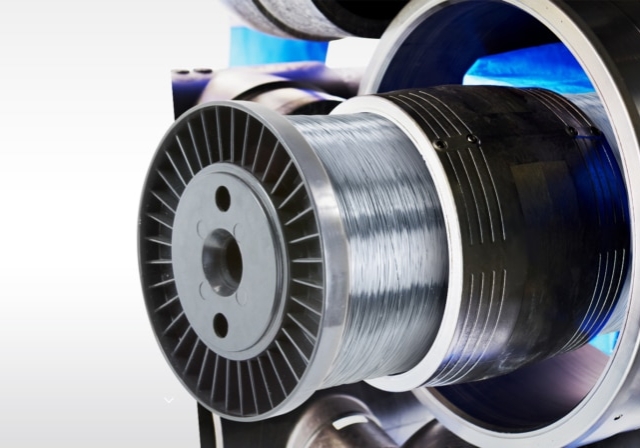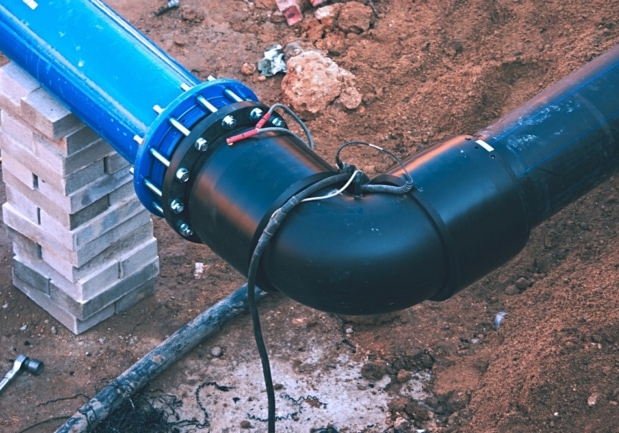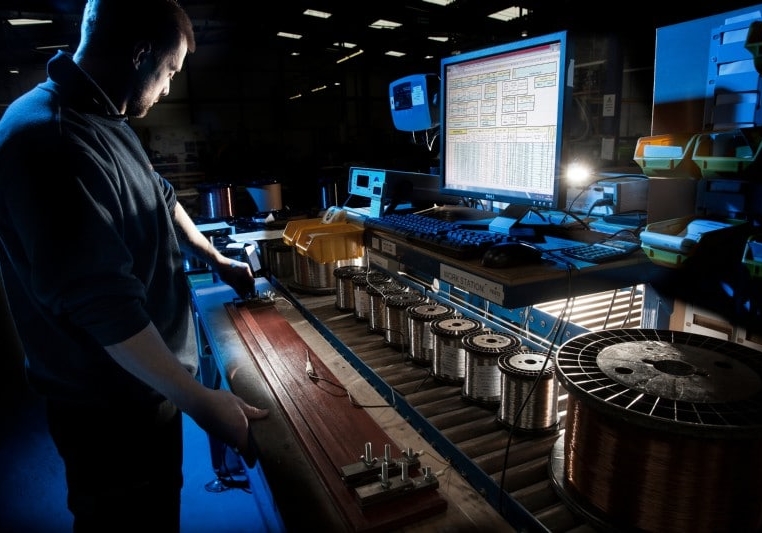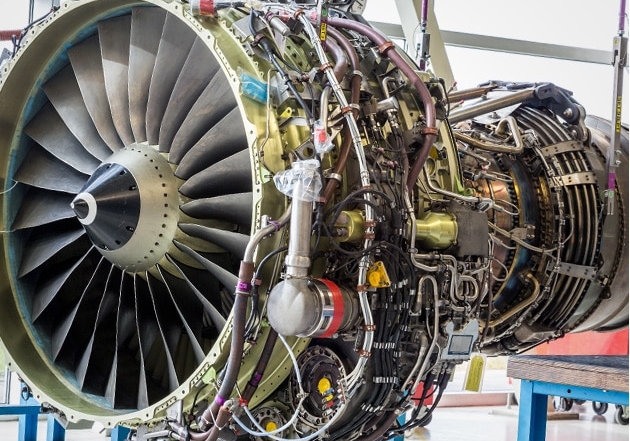Scott Precision Wire is a recognised World leader in the manufacture of wires for the electrofusion industry.
Electrofusion wire is used to weld plastic pipe to plastic fittings, fittings that range from couplers to tees to elbows to tapping cocks. The pipe is used in water and gas delivery as well as in aggressive chemical process applications. Pipe and fittings can range in size from around 20mm diameter up to over 2m in diameter. The manufacturing process to produce the fittings vary, but all need the same electrofusion wire.
contact us to discuss Electrofusion Wire

what is the electrofusion wire process?
Electrofusion wire has been developed from resistance heating wires but the application brings its own particular design needs. Often called pipe welding, electrofusion wire The electrofusion process is carried out in the field where fittings are joined to the pipe. Typically in water and gas applications the pipe supplies drinking water or mains gas to domestic, commercial and industrial premises.
The electrofusion wire in the fittings is a resistance heating element and when an electrical current is passed through it, it heats up to the design temperature and this heat is applied for a set period of time heating the plastic to melt locally around the wire.
The time and temperature are pre-defined to ensure that there is a sufficient melt zone between the fitting and pipe which fuses together when cooled, providing a strong and leak-free welded joint. The joint needs to be strong and leak-free as it will typically last for over 50 years, even when buried underground and subject to ground movement.
A key consideration when joining a pipe to fittings is to ensure the cleaning process is robust as any dirt or debris between them, on the faces that will be welded, can cause premature failure of the welded joint.
electrofusion: the solution for demanding situations
The World's major producers of electrofusion fittings appreciate that at Scott Precision Wire, we understand each of their specific requirements for electrofusion wire. Tight tolerances, consistent quality, bespoke delivery forms, design services and comprehensive testing and documentation of every spool of electrofusion wire is what makes Scott Precision Wire the first choice supplier of electrofusion wire for this demanding application.
Many of our customers take our wire directly track side and into their automated manufacturing fittings plant. In these demanding situations every meter or wire is tested in process and our customers are assured that costly rejects are at a minimum. Scott Precision Wire has a rigorous manufacturing process to ensure that every meter of wire is produced in specification.
Our internal design services means we have a process that allows us to select across a range of wire products as we are not limited to a narrow range of alloy types. We select the right alloy for the particular application. Our wire products range from low cost, low temperature alloys such as copper, iron and aluminum through to more expensive, higher temperature and mechanically stronger alloys such as nickel, nickel chromes and steels.


custom wire, thanks to our in-house developed software
Copper nickels, brass, bronze are also popular alloys used in our customers products. But don’t worry, our expertise and in-house developed software means we can help design and select the right resistance heating wire for your application.
If the fitting design requires wire passes to be in physically close proximity to each other and there is a risk of them touching during the molten plastic phase of the fusion process and electrical shorting, Scott Precision Wire has the solution, enamel-coated resistance heating wires.
Scott Precision Wire's enameled resistance heating wires incorporate a dual coat modified polyester enamel system combining the excellent physical, technical and electrical properties of a polyester base coat with the chemical resistance, surface toughness, smoothness and high thermal rating of a polyamide-imide polymer topcoat. The combination of these two high quality resins produces a coating that has outstanding abrasion resistance, flexibility, chemical resistance, burnout and thermal shock resistance and dielectric strength.
electrofusion wire faq's
Electrofusion is a process for welding gas or water pipes together. A collar is made to fit over the ends of each pipe with a spiral of electrofusion resistance heating wire wound inside it. When the wire is heated up by applying an electrical current, the inside of the collar and the outside of the pipe ends melt and fuse together to create a sealed joint.
Electrofusion fittings come in a range of sizes, from ones designed for 15mm right up to 1000mm pipes, and the technology can even be used to weld T junctions onto the sides of a pipe. This means a wide range of different wires are required from special, pure copper wires to iron/chrome/aluminium alloys.

featured case study
A UK Aerospace customer who manufactures high specification thermocouple assemblies for use in jet engines had a problem in that their manufacturing process caused the thermocouple EMF to drift out of International Specification’s... read more